
How to Use PM07 Power Module: Examples, Pinouts, and Specs
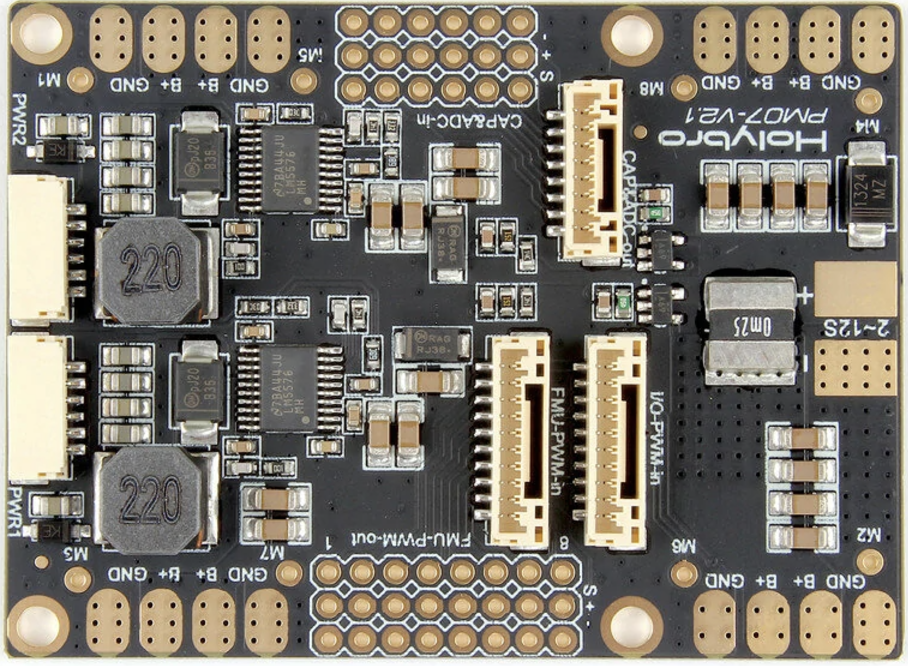
 Design with PM07 Power Module in Cirkit Designer
Design with PM07 Power Module in Cirkit DesignerIntroduction
The PM07 Power Module, manufactured by HolyBro (Part ID: PM07), is designed to provide a stable power supply to electronic circuits. It typically converts a higher voltage input to a lower, regulated output suitable for sensitive components. This module is essential in applications where a reliable and consistent power source is required, such as in robotics, drones, and various embedded systems.
Explore Projects Built with PM07 Power Module
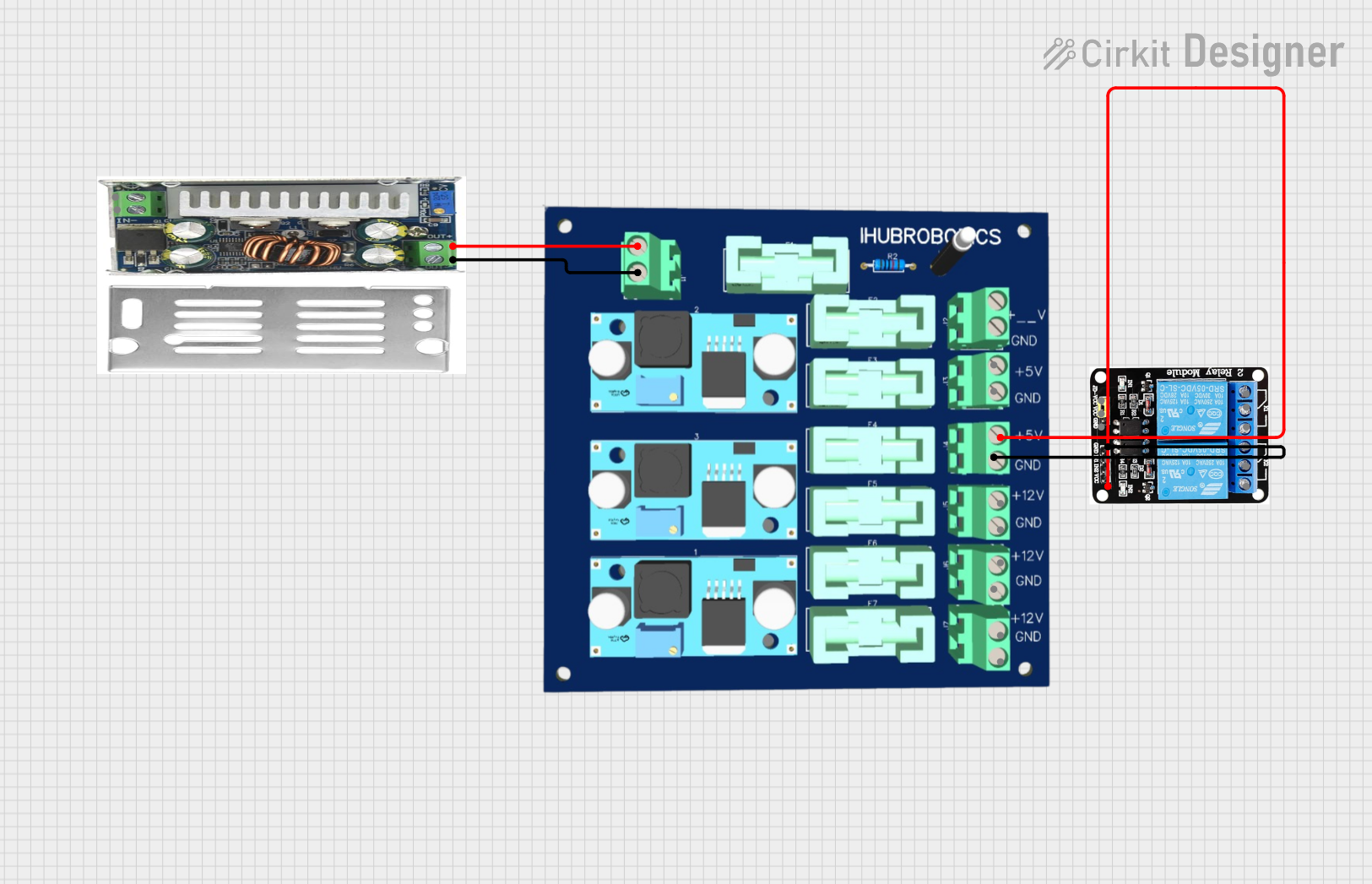
 Open Project in Cirkit Designer
Open Project in Cirkit Designer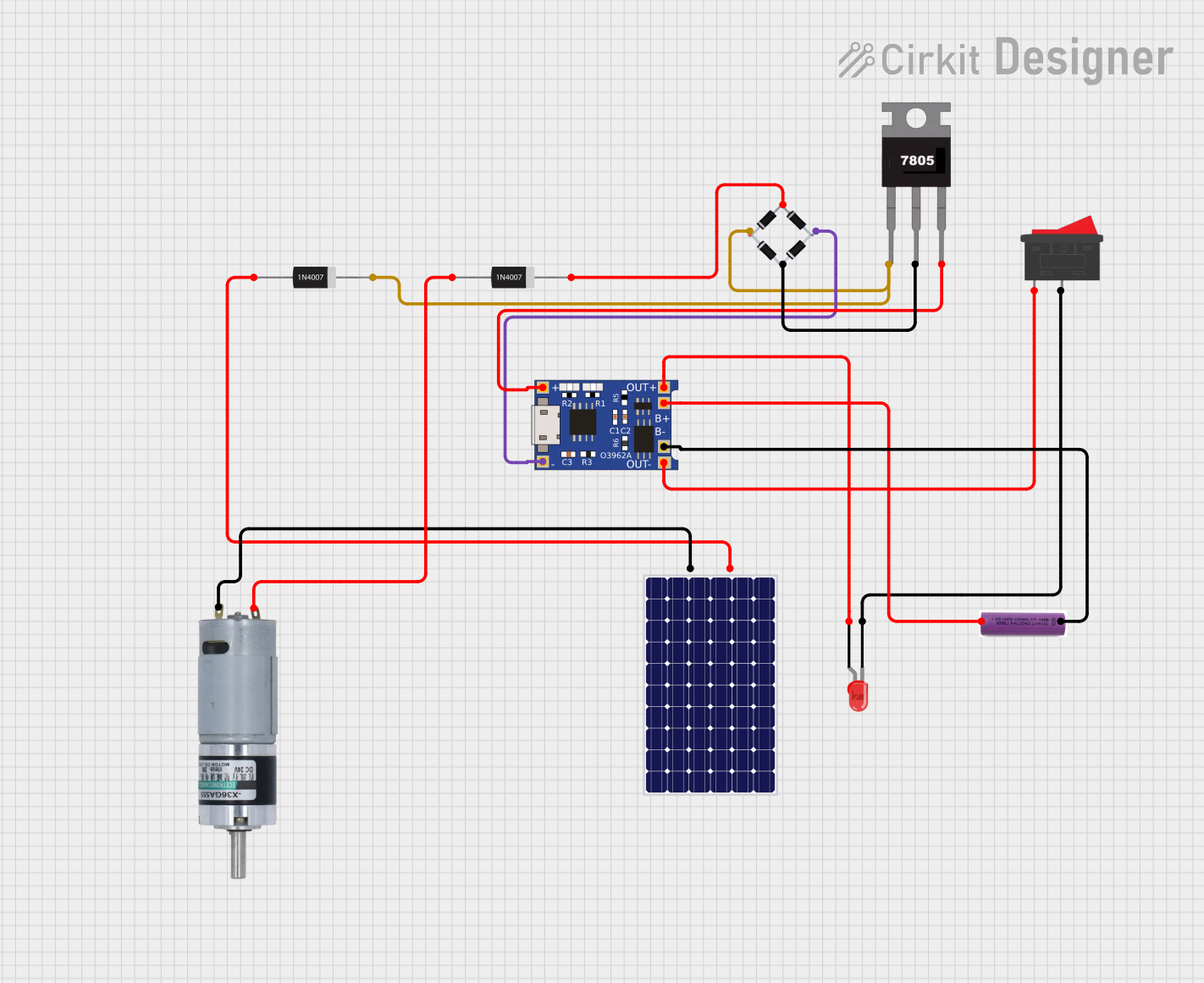
 Open Project in Cirkit Designer
Open Project in Cirkit Designer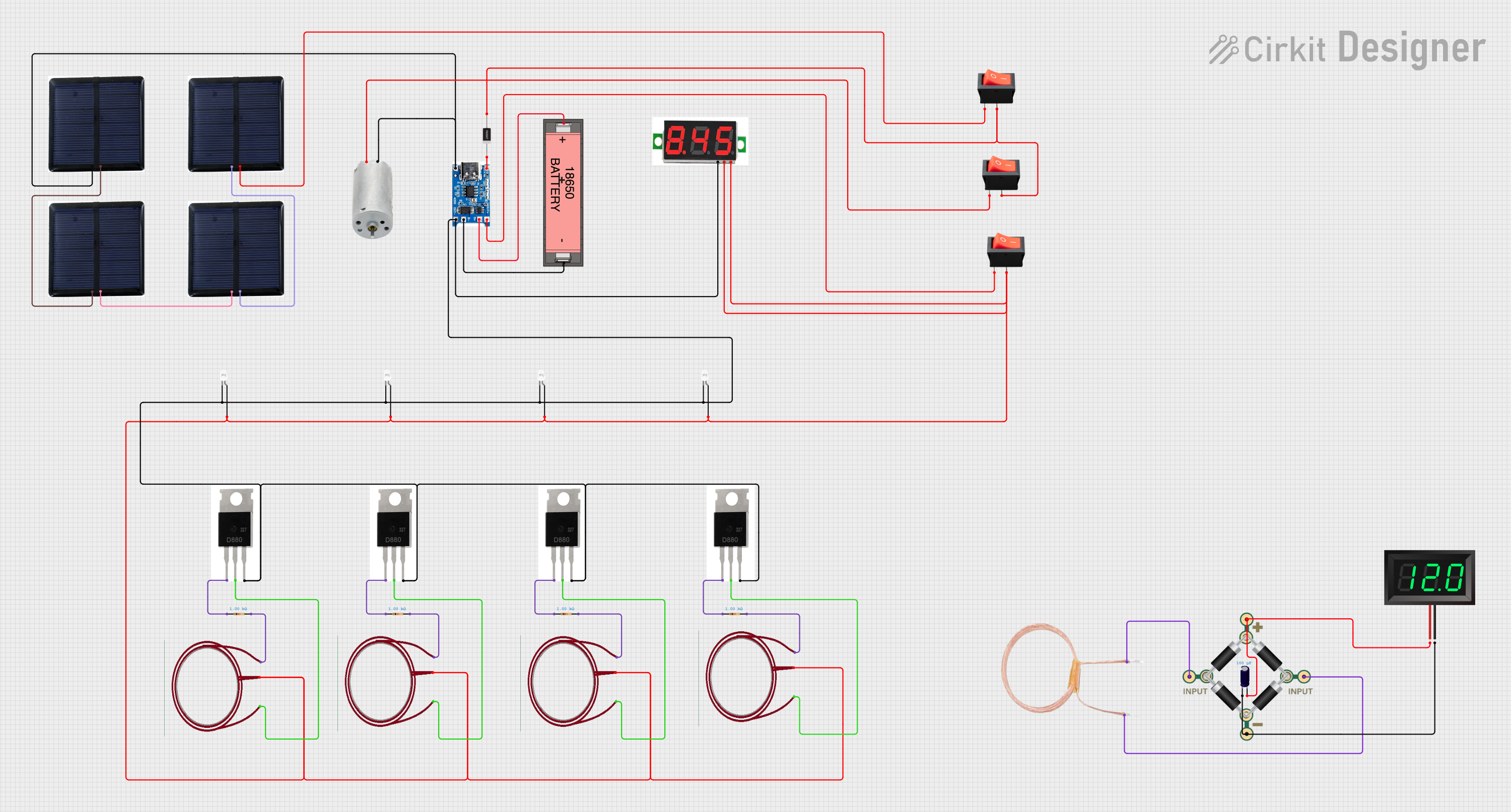
 Open Project in Cirkit Designer
Open Project in Cirkit Designer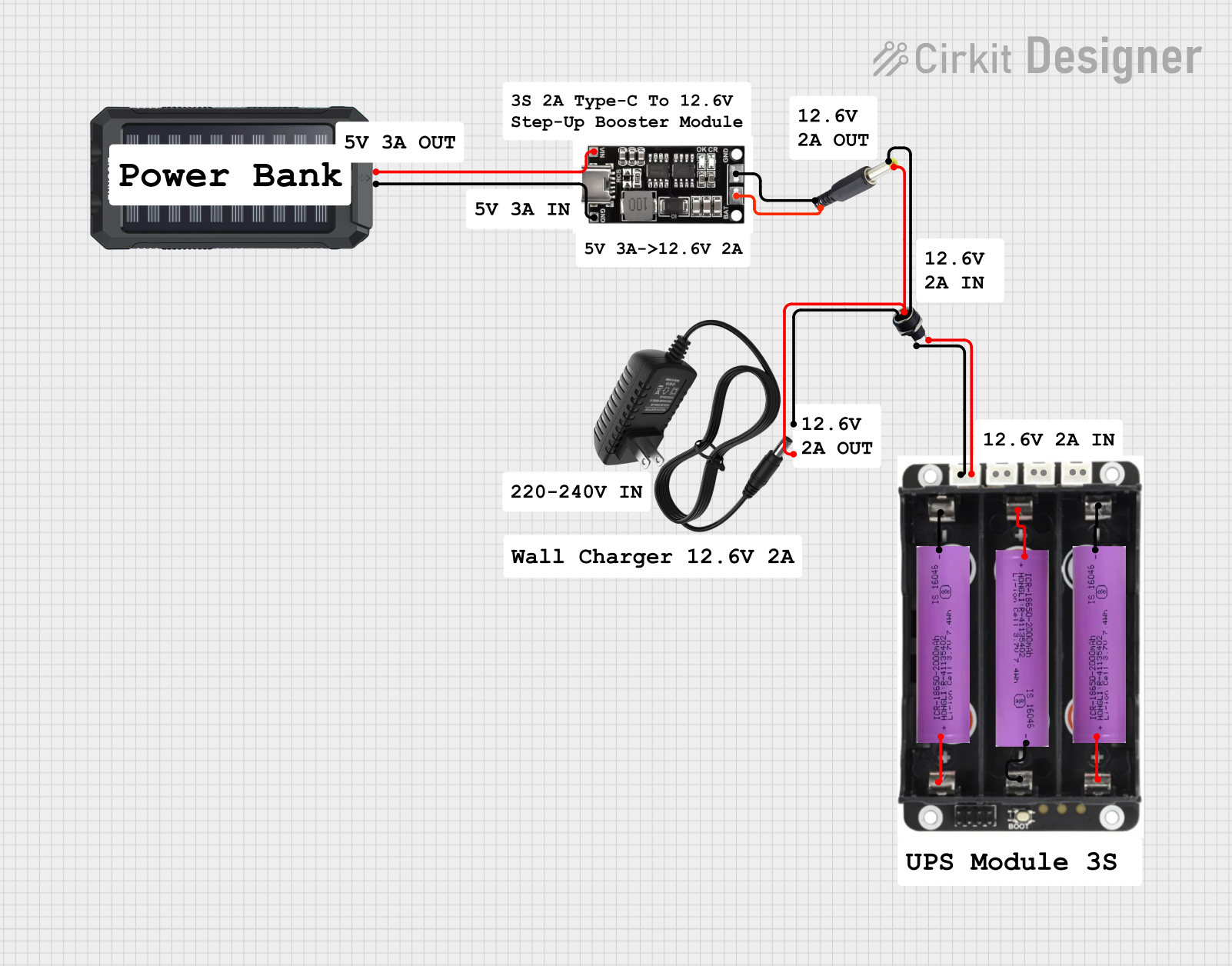
 Open Project in Cirkit Designer
Open Project in Cirkit DesignerExplore Projects Built with PM07 Power Module

 Open Project in Cirkit Designer
Open Project in Cirkit Designer
 Open Project in Cirkit Designer
Open Project in Cirkit Designer
 Open Project in Cirkit Designer
Open Project in Cirkit Designer
 Open Project in Cirkit Designer
Open Project in Cirkit DesignerCommon Applications and Use Cases
- Drones and UAVs: Provides stable power to flight controllers and other onboard electronics.
- Robotics: Ensures consistent power supply to motors, sensors, and control units.
- Embedded Systems: Powers microcontrollers, sensors, and other peripherals.
- Prototyping and Development: Useful in breadboard and development board projects, including Arduino-based projects.
Technical Specifications
Key Technical Details
| Parameter | Value |
|---|---|
| Input Voltage | 7V - 42V |
| Output Voltage | 5.3V ± 0.1V |
| Maximum Current | 3A |
| Power Rating | 15W |
| Dimensions | 25mm x 21mm x 9mm |
| Weight | 9g |
| Connector Type | XT60 for input, 6-pin DF13 for output |
Pin Configuration and Descriptions
XT60 Connector (Input)
| Pin | Description |
|---|---|
| 1 | Positive Voltage |
| 2 | Ground |
6-pin DF13 Connector (Output)
| Pin | Description |
|---|---|
| 1 | VCC (5.3V) |
| 2 | Ground |
| 3 | Current Sense |
| 4 | Voltage Sense |
| 5 | Ground |
| 6 | VCC (5.3V) |
Usage Instructions
How to Use the PM07 Power Module in a Circuit
Connect the Input:
- Connect the higher voltage power source (7V - 42V) to the XT60 connector. Ensure correct polarity to avoid damage.
Connect the Output:
- Use the 6-pin DF13 connector to connect the output to your circuit. Pins 1 and 6 provide the regulated 5.3V output, while pins 2 and 5 are ground.
Voltage and Current Sensing:
- Pins 3 and 4 on the DF13 connector can be used for current and voltage sensing, respectively. These can be connected to an ADC (Analog-to-Digital Converter) on a microcontroller for monitoring purposes.
Important Considerations and Best Practices
- Heat Dissipation: Ensure adequate ventilation or cooling, especially if operating near the maximum current rating.
- Polarity: Double-check connections to avoid reverse polarity, which can damage the module.
- Load Capacity: Do not exceed the maximum current rating of 3A to prevent overheating and potential failure.
- Secure Connections: Use appropriate connectors and secure connections to prevent accidental disconnections during operation.
Troubleshooting and FAQs
Common Issues and Solutions
No Output Voltage:
- Check Input Voltage: Ensure the input voltage is within the specified range (7V - 42V).
- Verify Connections: Double-check all connections, especially the input polarity.
Overheating:
- Reduce Load: Ensure the current draw does not exceed 3A.
- Improve Cooling: Add a heatsink or improve ventilation around the module.
Fluctuating Output Voltage:
- Stable Input: Ensure the input voltage is stable and within the specified range.
- Check Load: Ensure the load is not causing excessive current spikes.
FAQs
Q: Can I use the PM07 Power Module with an Arduino UNO? A: Yes, the PM07 can be used to power an Arduino UNO. Connect the 5.3V output to the 5V pin on the Arduino and ground to ground.
Q: How do I monitor the current and voltage using the PM07? A: Connect the current sense (pin 3) and voltage sense (pin 4) pins to the ADC pins on your microcontroller. Use appropriate code to read and interpret the values.
Example Code for Arduino UNO
// Example code to read voltage and current from PM07 Power Module
const int voltagePin = A0; // Voltage sense pin
const int currentPin = A1; // Current sense pin
void setup() {
Serial.begin(9600); // Initialize serial communication
pinMode(voltagePin, INPUT);
pinMode(currentPin, INPUT);
}
void loop() {
int voltageValue = analogRead(voltagePin); // Read voltage
int currentValue = analogRead(currentPin); // Read current
// Convert ADC values to actual voltage and current
float voltage = (voltageValue / 1023.0) * 5.0 * (42.0 / 5.0); // Adjust as needed
float current = (currentValue / 1023.0) * 5.0 * (3.0 / 5.0); // Adjust as needed
Serial.print("Voltage: ");
Serial.print(voltage);
Serial.println(" V");
Serial.print("Current: ");
Serial.print(current);
Serial.println(" A");
delay(1000); // Wait for 1 second before next reading
}
This documentation provides a comprehensive guide to the PM07 Power Module, ensuring users can effectively integrate and troubleshoot this component in their projects.